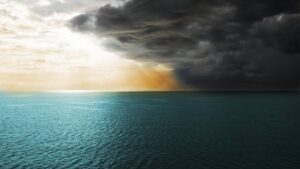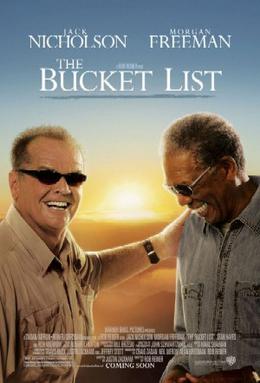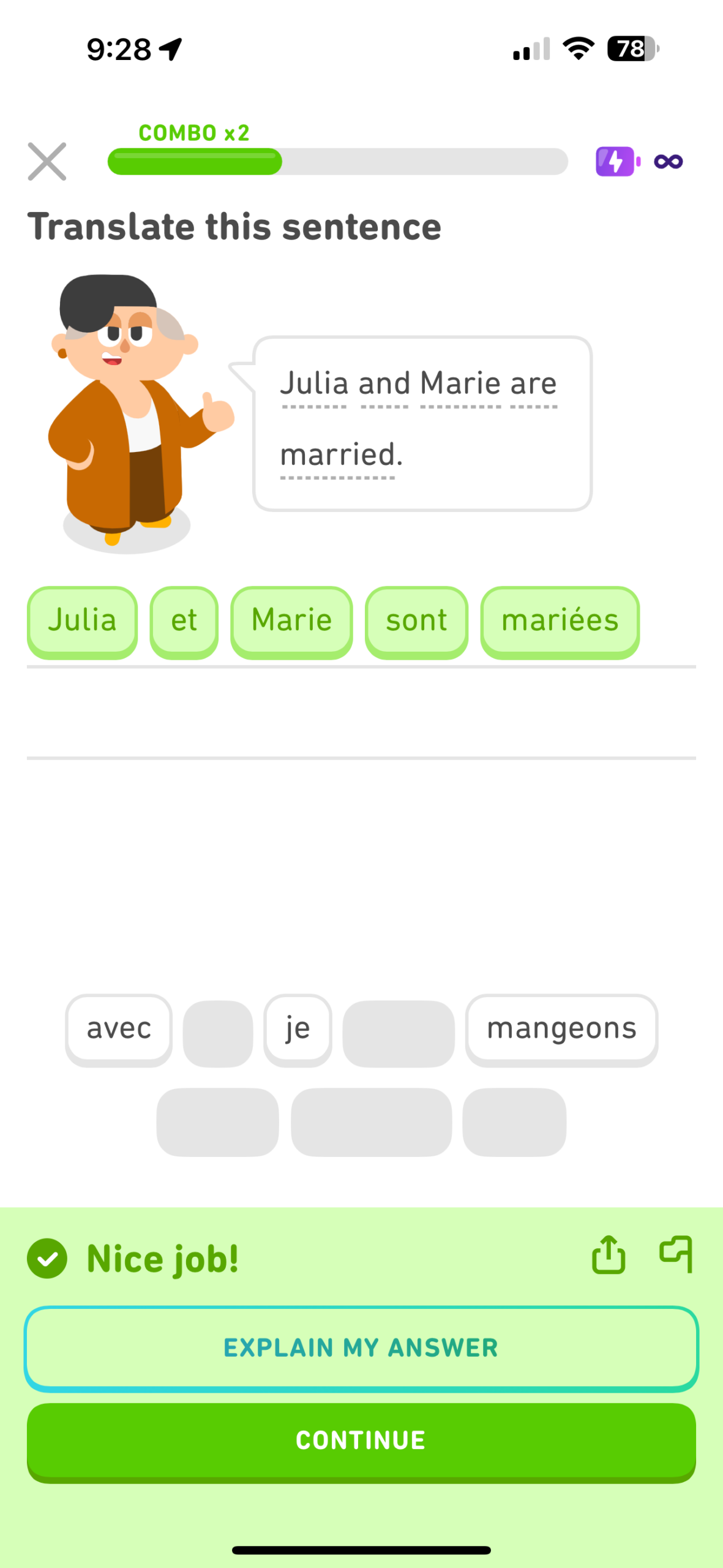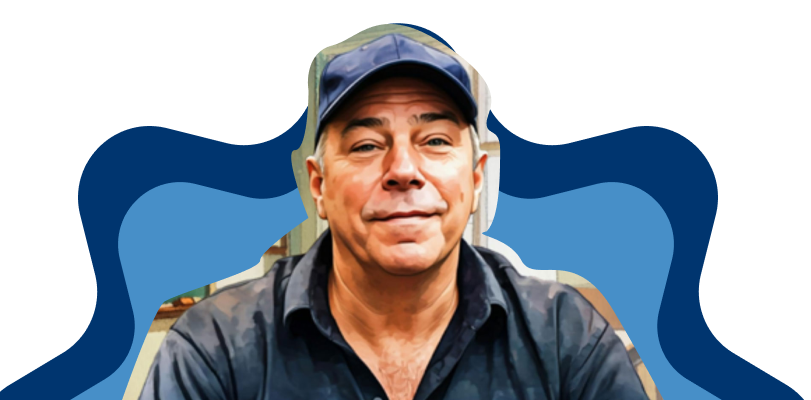In 1976, three armed men kidnapped 26 California children and their school bus driver. They brought them to the desert and ordered them into what looked like a massive grave — a moving van buried six feet underground.
One by one, the children climbed down a ladder and into the van. After the last student entered, the kidnappers removed the ladder and buried the vehicle under several feet of dirt.
The bus driver eventually devised a plan for escape while the kidnappers slept.
All survived.
______________________
Between 1968 and 1972, more than 130 American airplanes were hijacked.
Sometimes, there was more than one hijacking on the same day.
Radical groups in the Middle East had turned to hijackings as a means of seizing the spotlight. They would commandeer these flights to land in places like Cuba and Central America.
______________________
Unknown to humans, the ozone layer, which protects the Earth and every living thing from the sun’s harmful radiation, began thinning in the 1970s thanks to the use of chlorofluorocarbons, which break down ozone molecules in the upper atmosphere.
Without the ozone layer, harmful UVB radiation would reach the Earth’s surface. This increased exposure to ultraviolet radiation can cause skin cancer and eye cataracts. It can also severely damage crops, plants, and microorganisms, affecting entire ecosystems and food chains.
The hole in the ozone layer was first discovered in May of 1985. In 1987, the Montreal Protocol ended the use of chlorofluorocarbons. Though the hole over Antarctica remains today, it is steadily improving.
I mention this because I think we sometimes forget the terrors of the past and assume that today’s world is the worst it’s ever been.
Our memories are short, and our penchant for placing ourselves in the center of every narrative is strong.
People have struggled before. They will struggle again.
We should probably stop thinking our storm is always the biggest storm of all.
